CompTIA Security+ Certification
Threats Vulnerabilities and Mitigations
Indicators of Malicious Activity
Welcome to this comprehensive lesson on identifying indicators of malicious activity—a crucial topic in cybersecurity. Recognizing these signs is essential for detecting and mitigating security breaches promptly. In this guide, we explore several key indicators, including concurrent session usage, blocked content, impossible travel, resource inaccessibility, out-of-cycle logging, and published/documented indicators. Each indicator highlights unusual patterns or behaviors that may signal a security incident, enabling security professionals to investigate threats and reduce potential impacts.
Quick Tip
Monitor these indicators continuously and update your threat intelligence strategies to stay ahead of emerging security challenges.
Concurrent Session Usage
Concurrent session usage is detected when multiple active sessions for the same user account occur simultaneously from different locations or devices. Standard user behavior typically involves one active session per device or location. When sessions appear from geographically separated places, it may indicate account compromise.
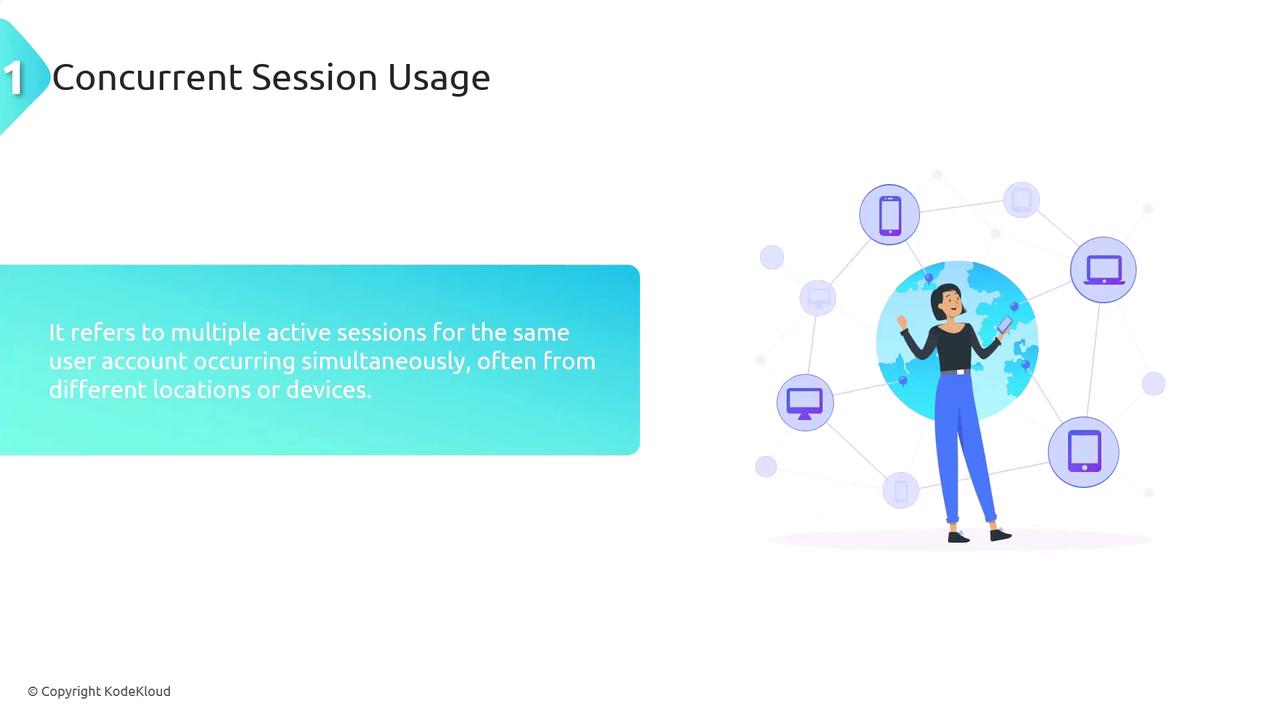
For example, if an account is active in New York while another session is observed in Paris at the same time, unauthorized access is likely. To mitigate such risks, implement multi-factor authentication and enforce strict session management policies that limit the number of concurrent sessions.
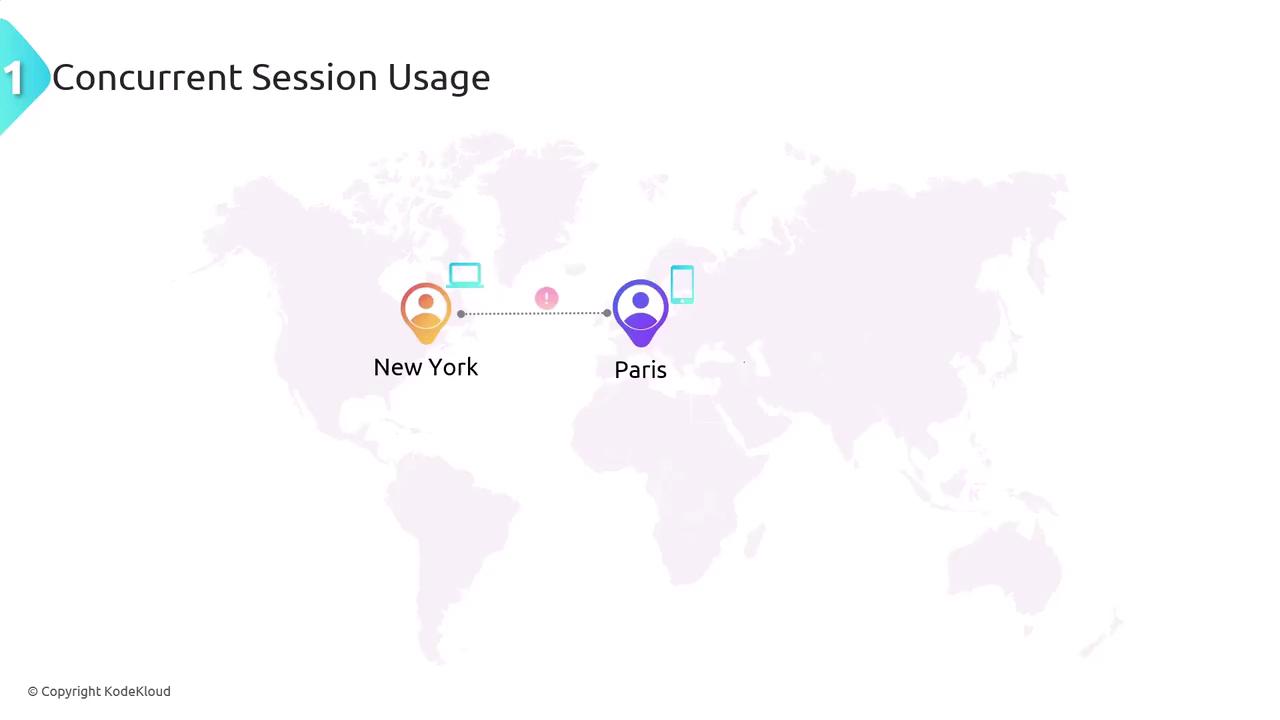
Blocked Content
Blocked content refers to attempts to access or upload data that violates security policies. Such actions indicate potential attempts to bypass security controls. Any attempt to transmit or retrieve restricted content should immediately trigger an alert, as this behavior may be linked to malicious intent.
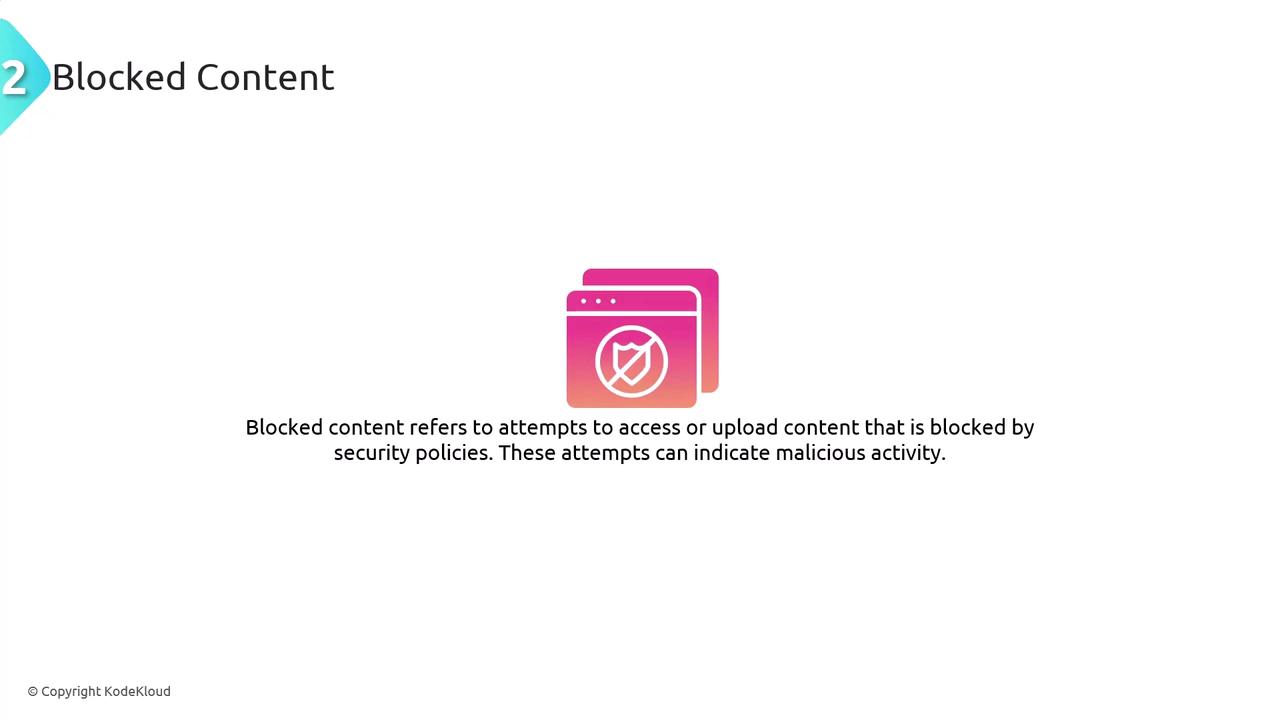
Deploy advanced web filtering and deep content inspection technologies to detect and block malicious files or data before they infiltrate your network.
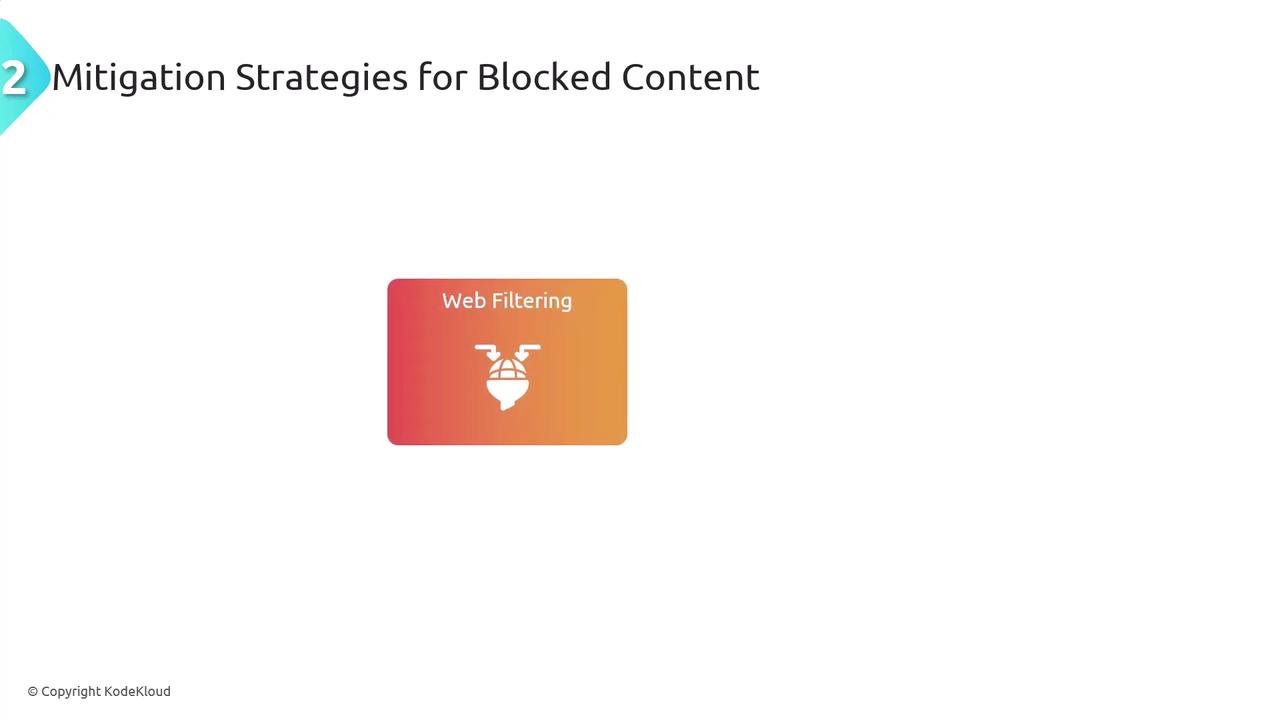
Impossible Travel
Impossible travel occurs when login attempts are made from geographically distant locations within a timeframe too short for physical travel to be feasible. For instance, a login from London followed by another from Tokyo within minutes is highly suspicious and may suggest a compromised account.
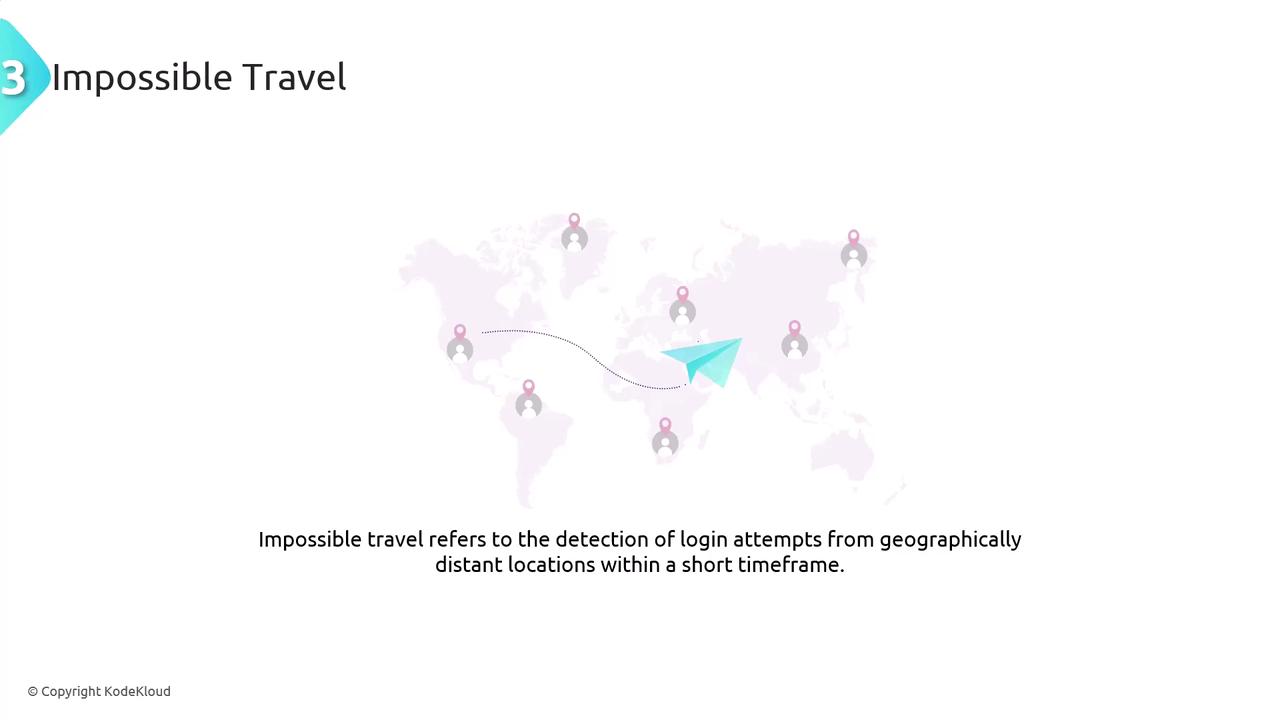
Security Alert
If you observe impossible travel patterns, investigate immediately and consider additional authentication measures.
Resource Inaccessibility
Resource inaccessibility is when genuine users suddenly lose access to critical systems or data. This disruption might result from denial-of-service attacks, account compromises, or other malicious activities. Under normal circumstances, users have consistent access to essential resources, so any abrupt loss of access should be promptly examined.
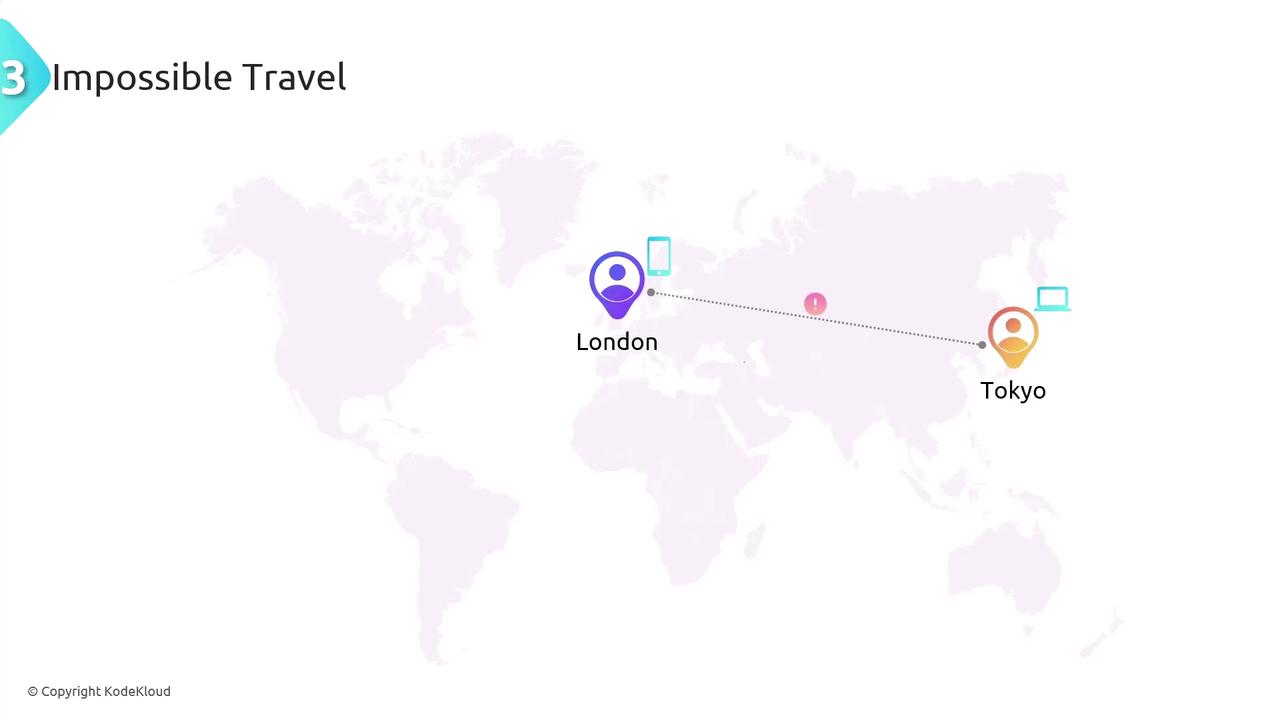
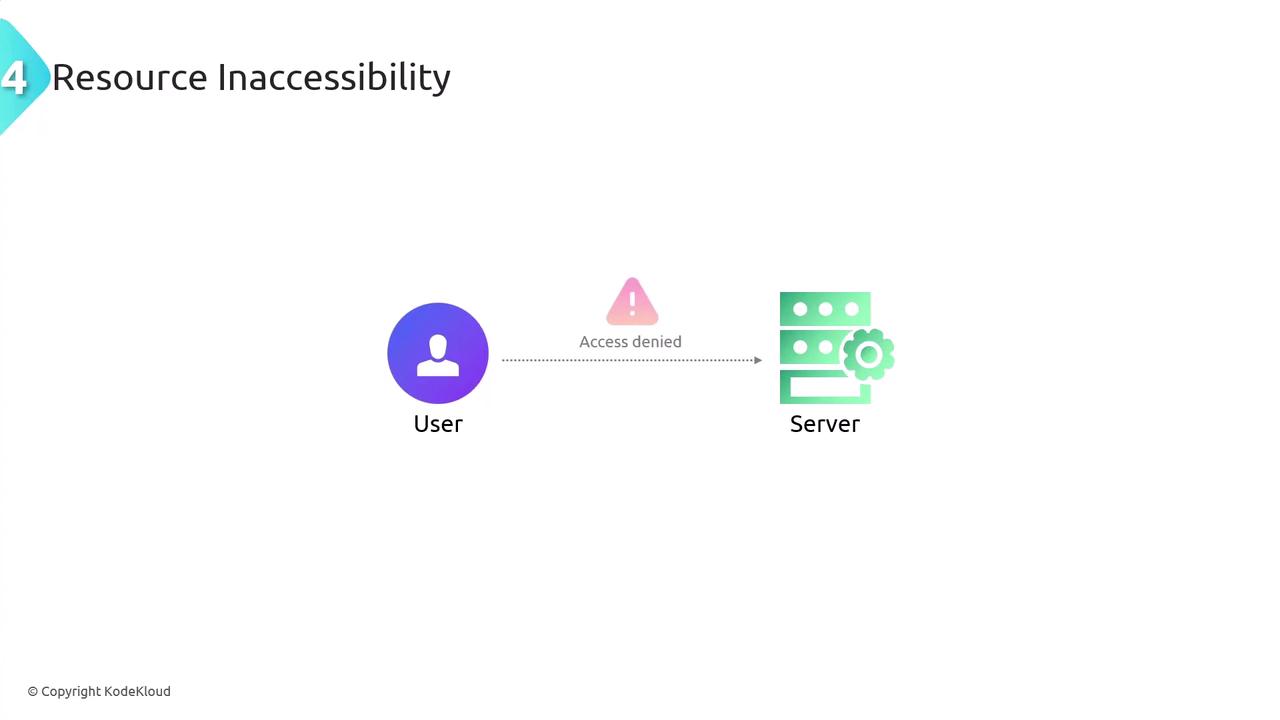
Out-of-Cycle Logging
Out-of-cycle logging refers to system or user logging activities that occur outside of normal business hours or established operation cycles. Since logging usually adheres to a regular schedule, any unexpected log events can signal unauthorized access or other suspicious activity.
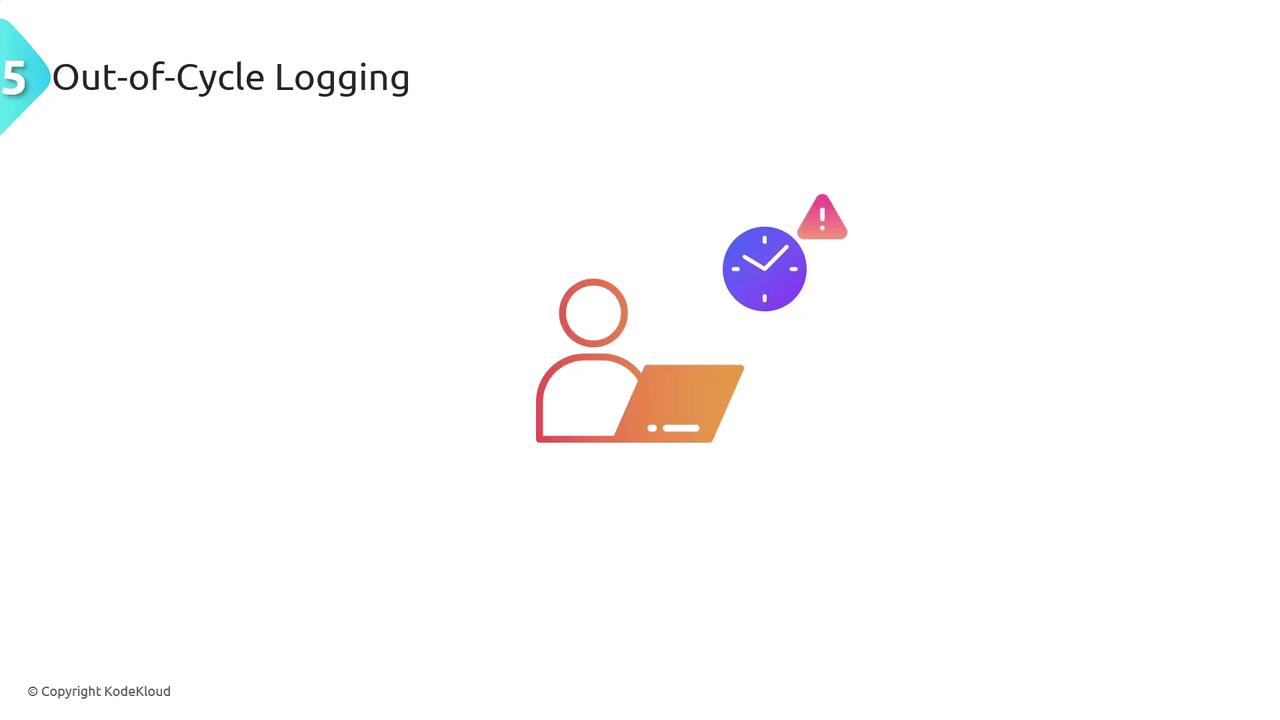
Regularly review and analyze logs for any irregularities. Establish baselines for normal operation to ensure that any deviations are addressed immediately.
Published or Documented Indicators
Published or documented indicators, also known as indicators of compromise (IOCs), include known IP addresses, domain names, file hashes, and other artifacts linked to malicious activities. Publicly available IOCs, shared by security researchers and organizations, provide valuable threat intelligence that can be integrated into your security monitoring systems.
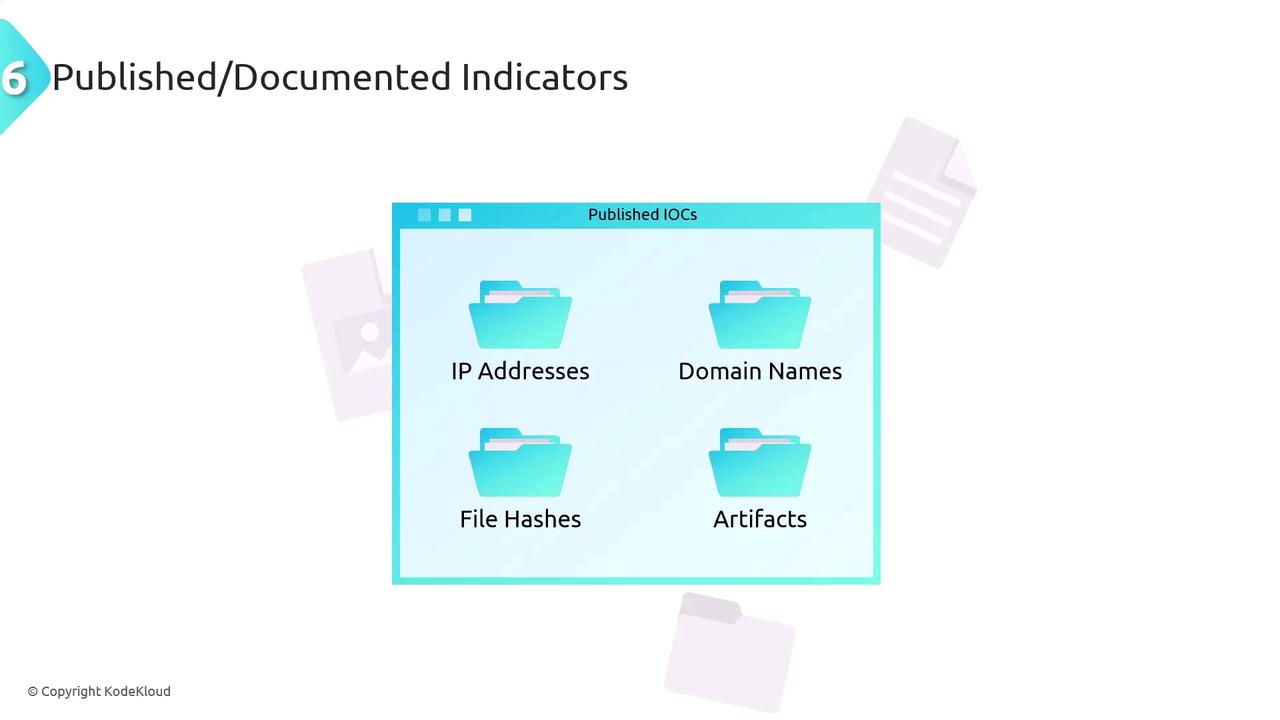
For example, a security organization may publish a list of IP addresses involved in a recent ransomware attack. By subscribing to threat intelligence feeds and integrating these IOCs into your monitoring tools, you can proactively block suspicious traffic and protect your network.
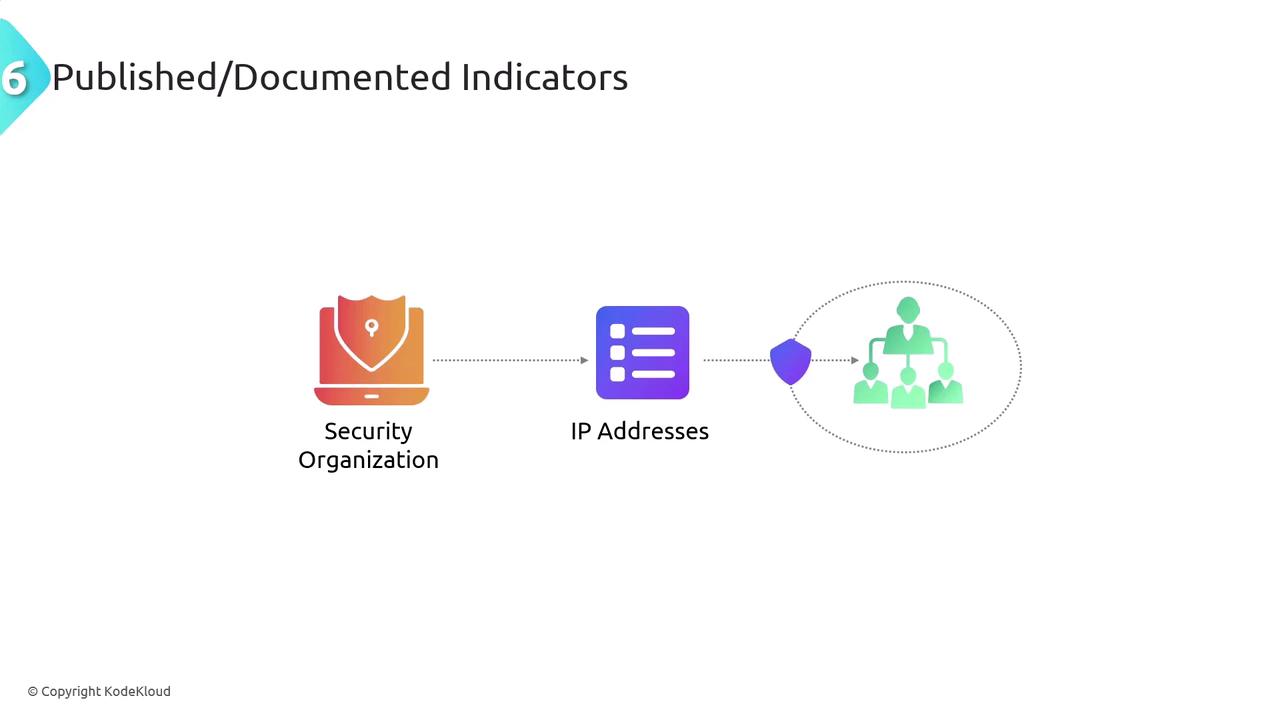
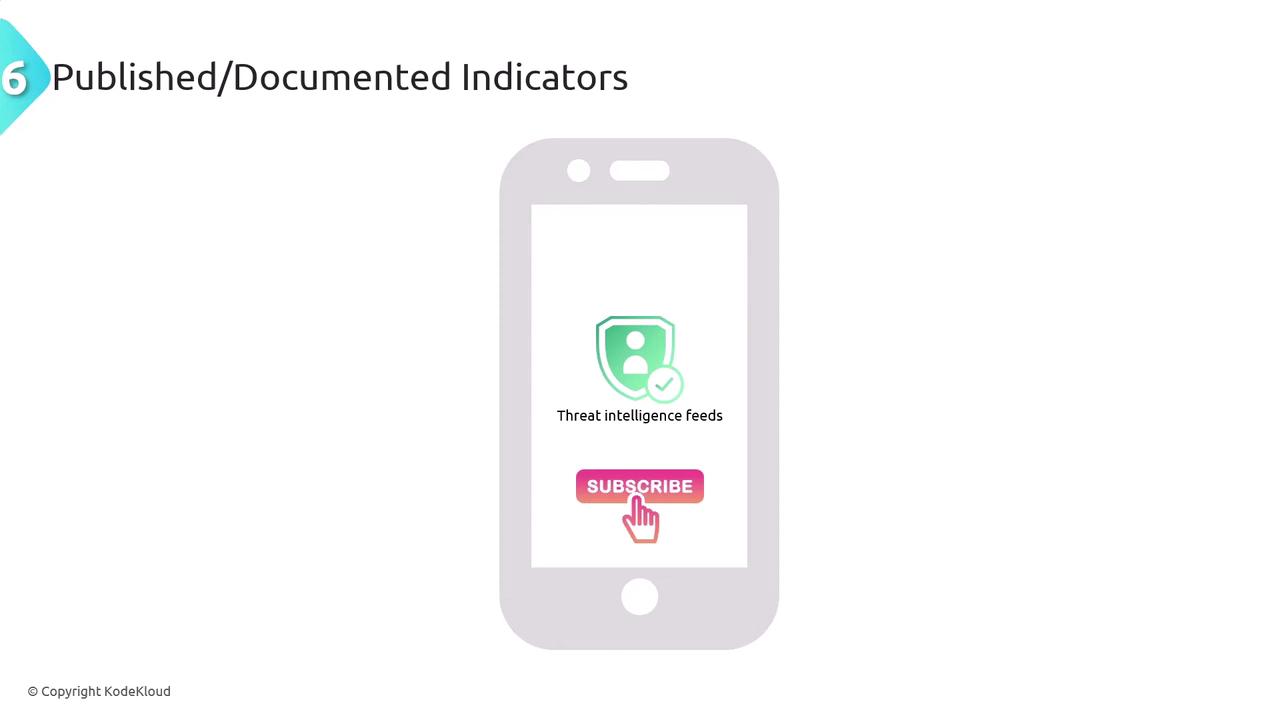
Conclusion
Recognizing and understanding the various indicators of malicious activity is vital for establishing a robust security posture. By closely monitoring signals such as concurrent session usage, blocked content, impossible travel, resource inaccessibility, out-of-cycle logging, and integrating published IOCs into your defenses, organizations can effectively detect and respond to security incidents.
Implementing comprehensive detection and mitigation strategies is key to minimizing the overall impact of these threats. Stay vigilant and continuously update your security practices to protect your organization against evolving cyber threats.
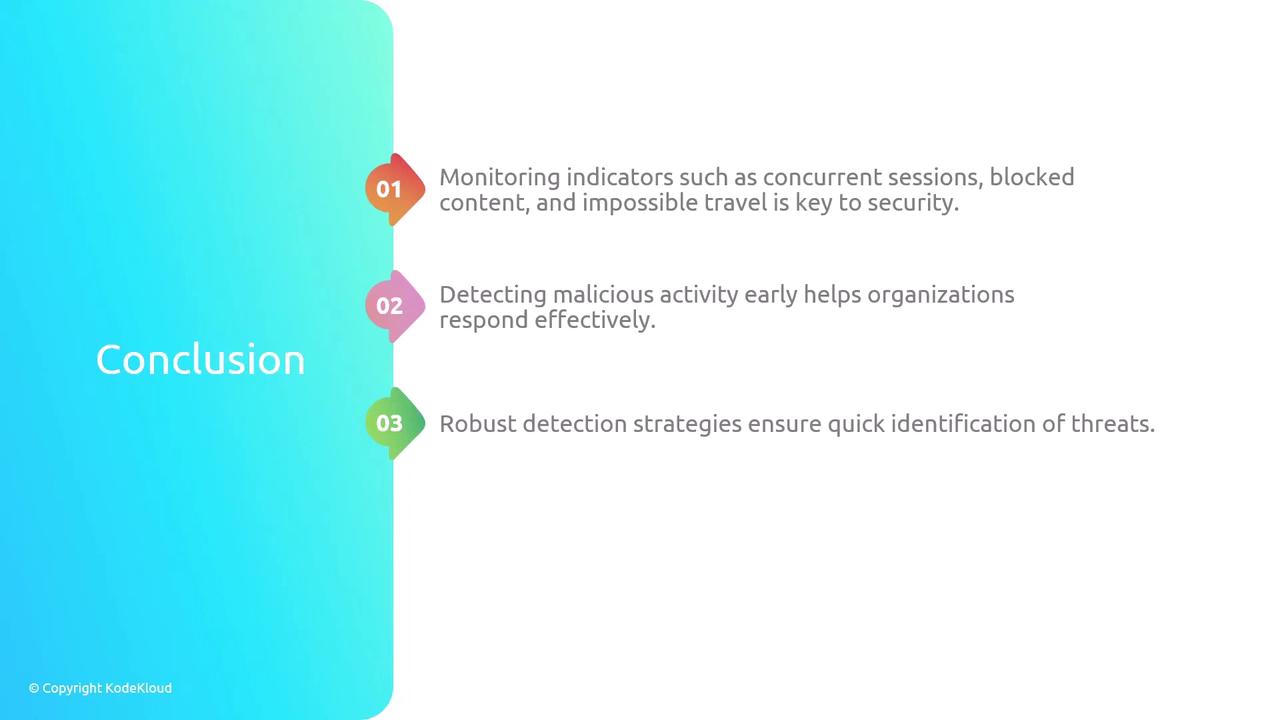
Thank you for reading this lesson on Indicators of Malicious Activity. For further reading on cybersecurity practices and threat intelligence, be sure to explore our additional resources.
Watch Video
Watch video content